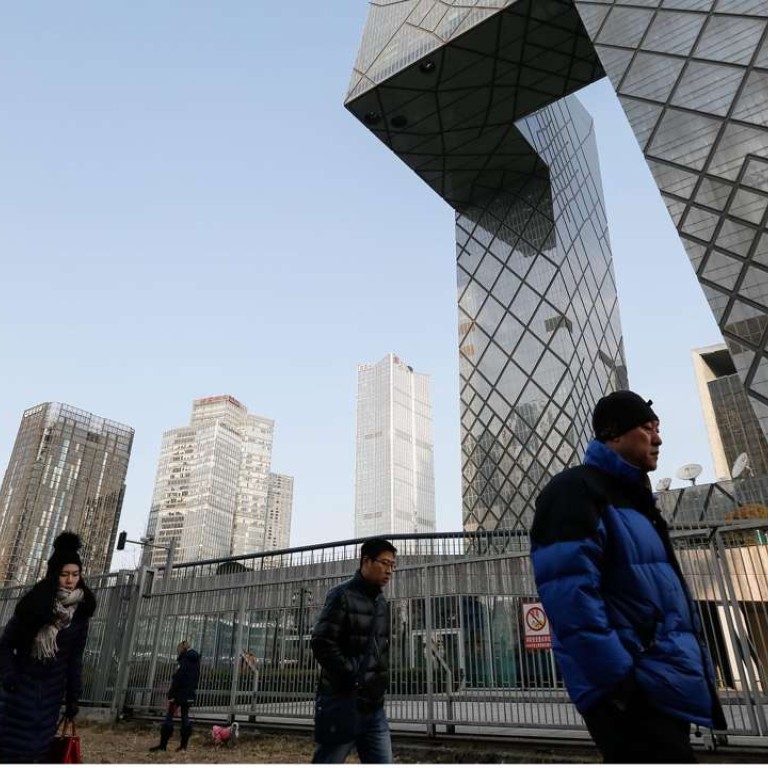
China’s forex regulator unveils new channels to attract capital inflows
China has ramped up measures to enable funds to flow back within its borders, in what analysts say is an attempt to combat capital flight and the downward pressure on the yuan.
The new steps, posted on the last working day ahead of the Lunar New Year holiday on the mainland, reflect Beijing’s efforts to better balance capital flows.
Offshore loans secured by domestic guarantee have been used in the past to encourage domestic companies to invest offshore. Allowing the capital to be repatriated means Beijing is encouraging the flow the other way around, analysts said.
The nation’s forex regulator also granted more leeway for multinational companies to make use of offshore foreign exchange for onshore use. Multinationals are allowed to tap 100 per cent of the offshore foreign currency deposits for domestic operation, up from a cap of 50 per cent previously.
The foreign exchange regulator also clarified that domestic companies have to make up for their previous losses before they can transfer the current year’s profits offshore, adding figures than US$50,000 must be vetted with supporting documents.
The forex regulator said such measures aim to “deepen foreign exchange management reform, cut red tape, support the growth of real economy and facilitate trade and investment.”
Ren Zhiyi, a partner at law firm Fangda Partners, said the measures indicate policymakers are seeking to ramp up capital inflows.
“It’s not surprising to see more measures expanding capital inflow as Beijing is trying various means to attract more capital back home to counter mounting capital outflow amid expectations of a weaker yuan,” he said.
The yuan lost nearly 7 per cent in 2016, or its biggest annual loss against the US dollar since 1994.
China has tightened its capital controls in the past year though it reiterated its unwavering support on “real and reasonable” overseas investments.
The outflow curbs include vetting on cross-border payments exceeding US$5 million meant for overseas investment purposes, enhanced scrutiny on large-scale overseas investment and limiting the amount of yuan that Chinese companies can remit outside the country through overseas lending, sources said earlier.
Julian Evans-Pritchard, China economist at Capital Economics, said China’s moves to tighten capital controls are seeing some success.
“Outflows last month were the smallest since August thanks to a sharp pull-back in outbound direct investment,” he said in a note. “Policymakers aren’t out of the woods though: a period of further US dollar strength could trigger another rise in outflows.”
He estimated that December outflows amounted to US$60 billion, down from US$74 billion in November.

